

Uncovering the Art of Product Nicknames
When it comes to celebrity culture, the Internet is the best at choosing nicknames for celebrities. From the local-born new generation with “4-word cutie” Jackson Yee , ”Three Rock” – Leo Wu, 六元 – Turbo Liu, to international A-list stars “Fruit sister” Katy Perry, “Mei Mei” Taylor Swift, “Little Freckles” Eddie Redmayne, “Dousen” Tom Hiddleston, the list goes on.
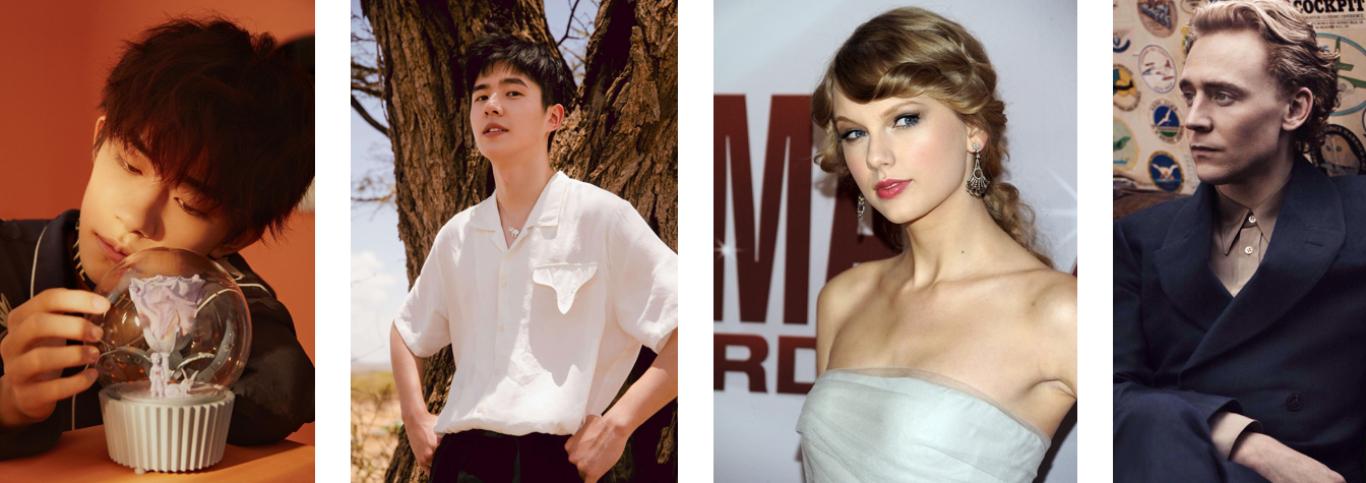
Jackson Yee, Turbo Liu, Taylor Swift, Tom Hiddleston (left to right)
Just like how fans can give actors and singers nicknames as a sign of affection and recognition in most cases, consumers also do the same with brands. As a supplement to the official brand name, the brand or product nickname adapts a more personal and relatable tone of voice. This establishes a connection and a conversation with the audience, which allows brands to create a stronger emotional resonance with consumers. But a nickname doesn’t merely show the brand’s place in the consumers’ heart, it’s also an indicator of its reputation and goodwill in the market.
Most people think that product nicknames are the by-product of consumer’s subconsciousness. It is spontaneous, unplanned, and the brand has no power over how nicknames are chosen. But is that really the case? Do brands have a say in choosing their preferred nicknames? If the answer is yes, are there any skills or techniques involved with this process? What is a product nickname that guarantees positive reception from the consumers? From the beauty, jewelry as well as automotive industries, we can uncover the secrets behind the art of creating product nicknames.
In the rarest form, the shape of the product is the most straightforward representation of the brand. Nowadays, brands are investing heavily in product design in hopes of differentiating themselves in an increasingly crowded market. In addition to patenting original designs, many brands are also reinventing or “upgrading” their products through a product re-design on a regular basis. This chase after perfection is all for one thing – capturing the consumer’s attention. And the result is worthwhile. A good enough product nickname itself can become a topic of conversation, and sometimes even replace the actual, often longwinded and tedious, names of the products. Cosmetics, shoes as well as handbags are a good example of this:
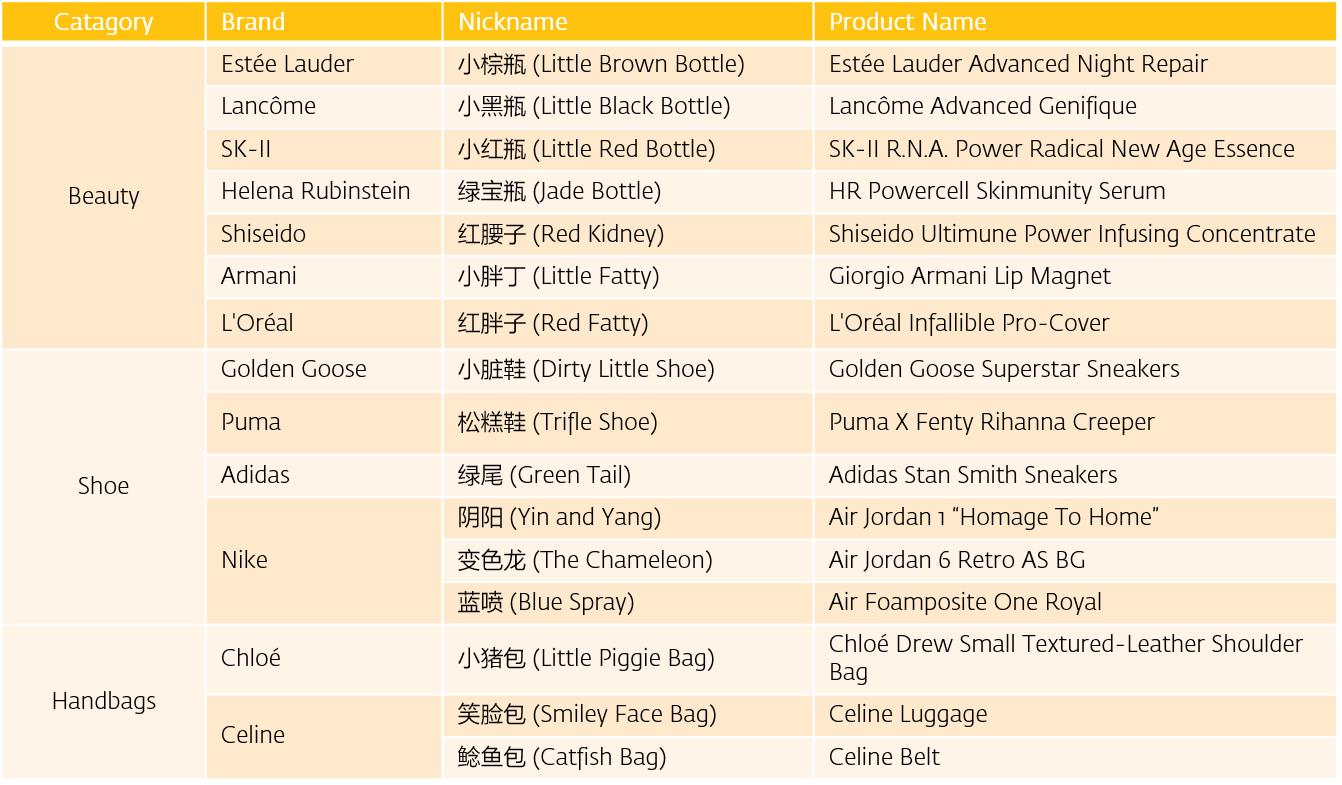
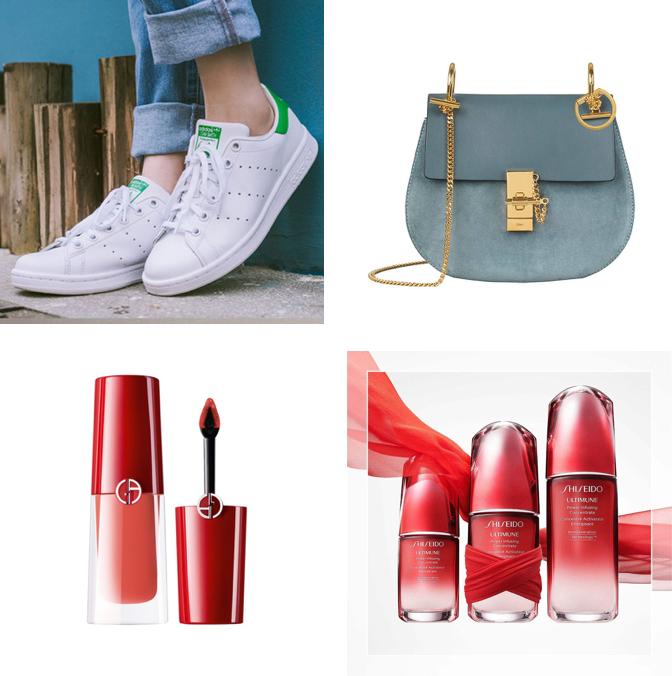
Addidas – Green Tail(upper left); Chloé – Little Piggie Bag (upper right); Armani – Little Fatty (lower left); Shiseido – Red Kidney (lower right)
In a market where consumers think products are growing more homogenous, a small distinction makes a world of difference. For brands, differentiating themselves through their functions and benefits is one of the keys to success. Beauty brands and automotive brands have cleverly adapted their nicknames to highlight their product’s unique functional benefits, all the while creating an anthropomorphic image by using metaphors.
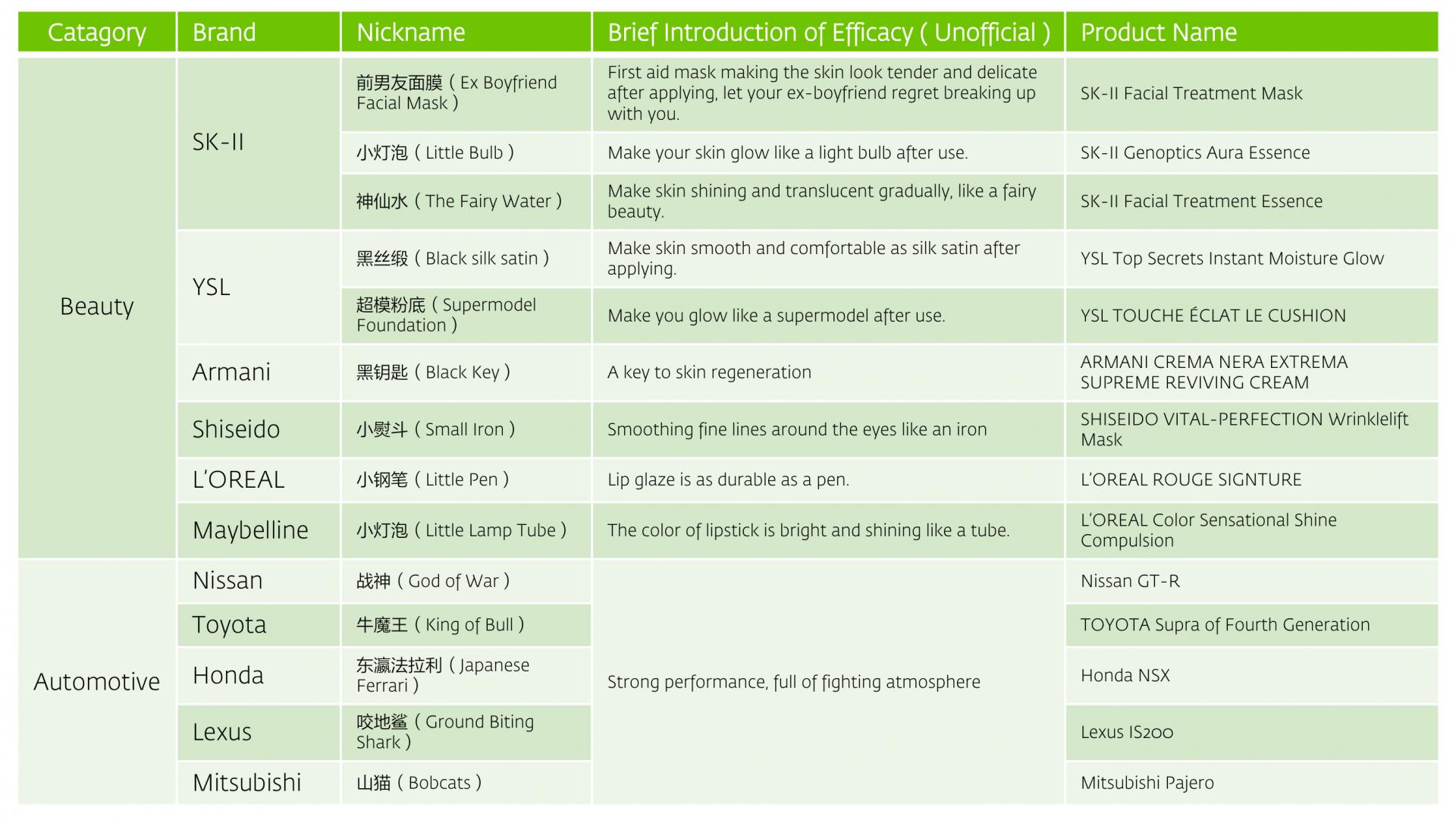
Beauty brands that have adapted their nicknames to highlight their product’s unique functional benefits

SK-II – The Fairy Water (upper left); Toyota – Bull Demon King (upper right); Shiseido – Small Iron (lower left); Honda – Japanese Ferrari (lower right)
Among nickname naming methods, evoking consumer’s usage occasion and scenario is one the less common approaches. But brands shouldn’t discount this method just because it’s not used very often. On the contrary, when utilized correctly, it can be extremely effective. Its strength comes from that a usage scenario more closely relates to the daily lives of consumers, who can easily picture themselves using the product. Thus, this method creates stronger emotional resonance with the consumers.
a) Tom Ford Lips & Boys Lipstick: The Boy You Can’t Have (得不到的男神)
In 2014, Tom Ford launched the Lips & Boys lipstick line which included 50 limited-edition colors each named after a guy’s name. Cristiano is a passionate shade of red. James a subtle, almost shy, shade of nude. For women, one of the usage scenarios of putting lipstick on is definitely to impress a guy. And the name “The Boy You Can’t Have” uses this innate desire to attract the opposite sex to its advantage, successfully becoming one of the hottest selling lipstick lines of female consumers around the world.
b) Nars Blush: Orgasm (愉悦红粉色) and Deep Throat (含羞绯红色)
Orgasm and deep throat are certainly words and phrases that attracts attention, even to a point where it’s a bit taboo to mention them in public. But for Nars, daringly naming their blushes with words associated with passion and sensuality successfully made them stand out in the sea of young girlish names such as “Dandelion”, “Little Daisy” and “Flower Petal”.
c) Christian Louboutin Lipstick: The Queen’s Scepter (女王权杖)
The inspiration behind the line of lipstick by iconic shoemaker Christian Louboutin came from the architecture and fashion of Ancient Babylon, as well as the crown of Ancient Egypt Queen Nefertiti. The Queen’s Scepter (女王权杖) lipstick doesn’t indicate the shape of the lipstick, instead it emphasizes on the emotional confidence that the product gives to its users – the irresistible energy and charisma of a queen.
Note: The name The Queen’s Scepter 女王权杖 looks like a nickname but is actually the official product name.
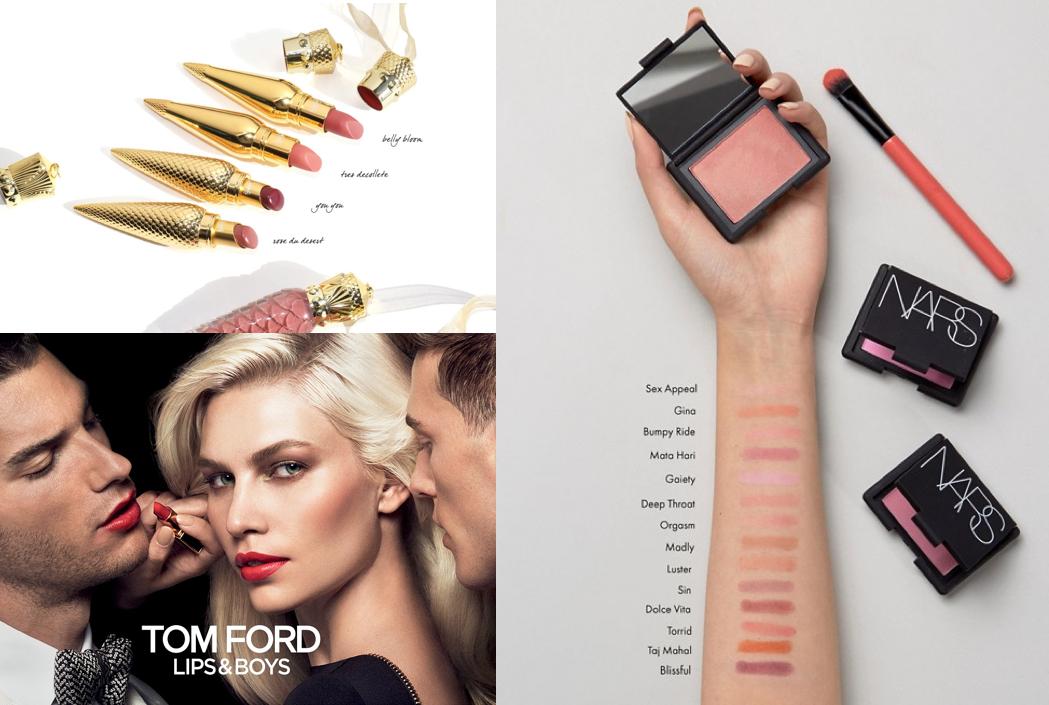
Christian Louboutin Lipstick (upper left); Tom Ford Lips & Boys Lipstick (lower left); Nars Blush (right)
Summarizing all the secrets behind a successful nickname, we have:
1.Utilizing Product Appearance
2.Promoting Product Functions and Benefits
3.Discovering Consumer’s Usage Occasion
From the above examples in the beauty and fashion industry, nicknames are often used to replace unnecessarily long and unmemorable product naming and make the products more resonant among consumers. Regardless of whether a nickname is a deliberate work of the brand or the spontaneous creation of passionate fans, there are a few constant patterns:
Through these expressions, we can see that product nicknames can range from descriptive to conceptual. In terms of marketing communication, all these nicknames are catchy and memorable, making it easy and effective in leaving a mark in the wider audience’s mind. But the high-level product nicknames are also ones that instantly carry topics of conversations, such as “The Ex-boyfriend’s Mask” (前男友面膜), “Orgasm” (高潮), “Little Dirty Shoe” (小脏鞋). These concepts work not because it’s creative, that’s a given, but because they hint at the inner-desires we all share. They are secretive, ambiguous, or appearing negative, often drawing polarizing reactions.
Seeing this from the angle of trademark registration, names that take the conceptual route are generally easier to register precisely because of their distinctiveness. A descriptive name, in contrast, is harder to be distinguished, and its trademark registration may be more difficult. The essence is that brands, especially those that are growing increasingly popular, should consider purchasing name or nickname in early days (the precondition is that this name or nickname has already been registered by others), so as to avoid knock-off brands from copying or using an integral part of your verbal identity.
In the future, we look forward to the use of distinctive and refreshing expressions of brand image, product names/ nicknames in the market as means for brands to achieve greater success. As a leading brand consultancy with an expertise in verbal identity and brand naming, Labbrand will continue to bring industry insights and our unique perspective in the world of brand naming.
A Labbrand Group Company © 2005-2024 Labbrand All rights reserved
沪ICP备17001253号-3To improve your experience, we use cookies to provide social media features, offer you content that targets your particular interests, and analyse the performance of our advertising campaigns. By clicking on “Accept” you consent to all cookies. You also have the option to click “Reject” to limit the use of certain types of cookies. Please be aware that rejecting cookies may affect your website browsing experience and limit the use of some personalised features.